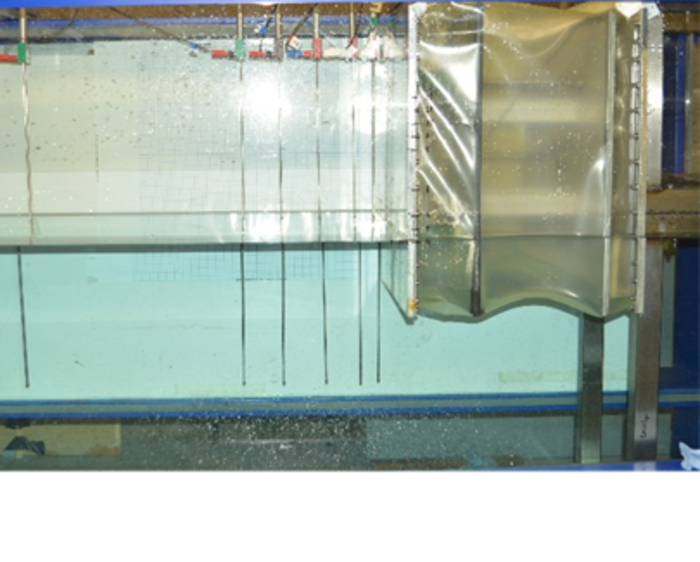Description and Aim
Numerical modelling has become an important process in the assessment of wave structure interaction problems and a vast number of tools have been developed as a consequence. The complete range of model fidelity is now available to developers with the common trade off between computational efficiency and model complexity (i.e. number of simplifications made to the physics being solved) being the main driver when selecting a particular tool for the scenario under investigation. Despite this, as discovered in the 1st CCP-WSI Focus Group Workshop, there still remains considerable uncertainty over the required level of model fidelity when using numerical methods to simulate the interaction of waves with offshore and coastal structures.

The CCP-WSI Comparative Studies have been devised to provide a better understanding of this issue and inform future development of numerical modelling standards. Within these Studies, numerical modellers within the wave structure interaction (WSI) community will be invited to use their numerical codes to simulate a series of specific WSI problems covering the full range of relevant complexities.
The CCP-WSI Comparative Studies
There are currently two CCP-WSI Comparative Study:


